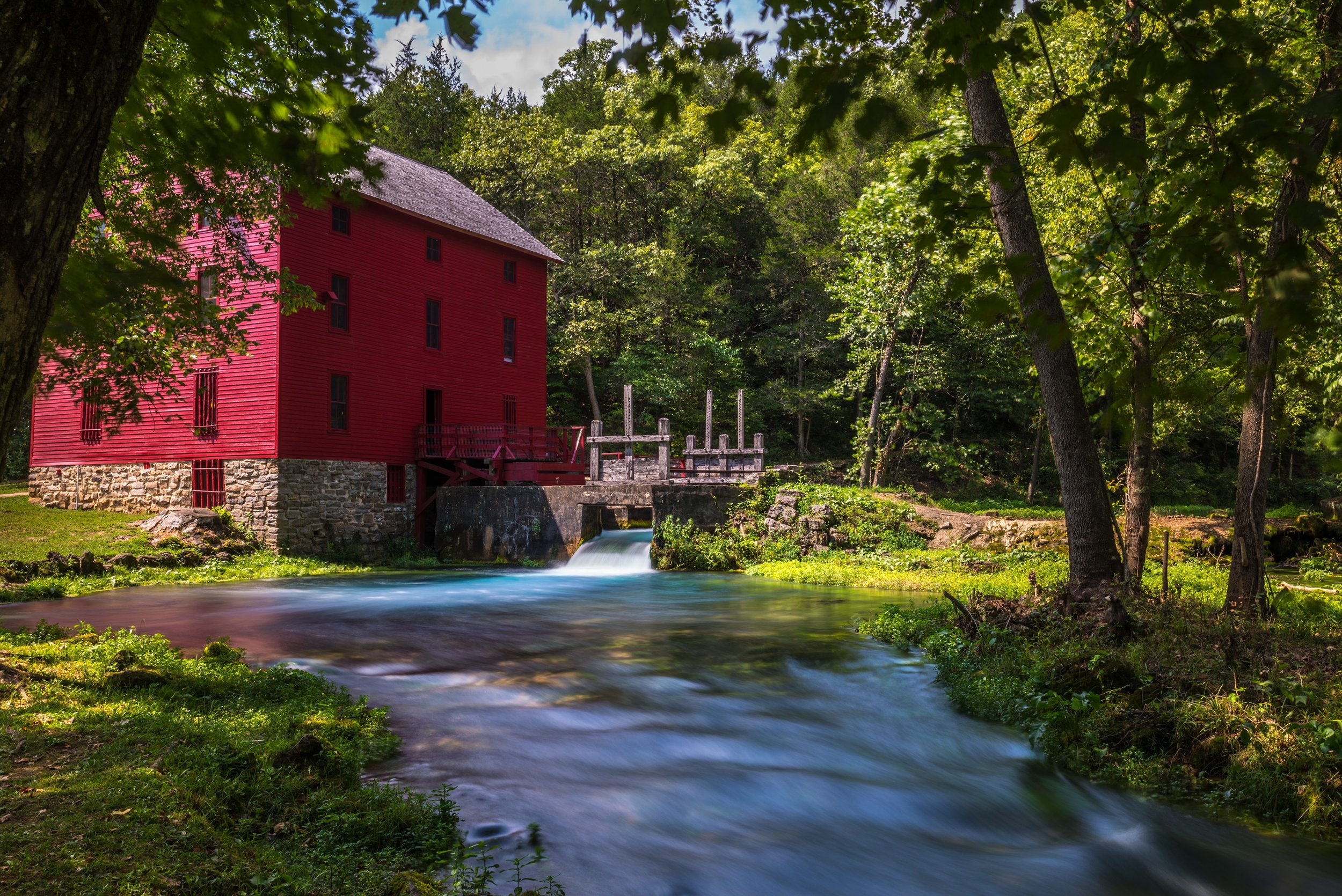Sometimes you must give the customers what they want. Recently I had a request for some of my landscape images but with that soft dreamy look. I shoot with Nisi Black Mist filters, but they wanted something a little more. So, I investigated what they were talking about. I remember teaching about the Orton effect and quickly realized that is what they wanted.
For those who do not know, the Orton effect comes from a Canadian photographer, Michael Orton, from back in the 80’s. He would shoot and use a few sheets of film to get a dreamy glow to his work. With the advent of digital, it is an easy effect to achieve and if not overdone, can look very nice. You still have a sharp image, but with a softness to it.
When I first started doing landscape photography after moving from commercial work, I played around with it, but at the time my gear really couldn’t hold up to the process (or maybe I was so accustomed to the clean, sharp commercial look and I never quite liked it).
Over the last few years of landscape shooting, my style has changed, and I’ve been looking to bringing this effect back into my workflow, so I was more than happy to accommodate my client. The Black Mist is a great filter to use and will give you some of that feel but doing it in post will give you a little more control.
So here is how you can achieve it in your work.
Start will a well exposed and good-looking photo. Open in Photoshop (or editing software of your choice that allows you to use layers, gaussian blur, contrast and brightness adjustments).
Step one and two: Duplicate and lighten duplicated layer.
Step three: Apply gaussian blur so image is no longer recognizable but not totally distorted. A good rule of thumb is to use blur amount at about the size of your file. This image was taken with an R5 at 45MP so I used a radius of about 45 pixels.
Step Four: Adjust contrast and lighten. Contrast around 75 and brightness around 20-25 are good places to start but play around until you find what looks good.
Final step: Adjust layer by using fill slider, I find between 20% & 30% usually looks good.
I find this effect can be nice if not overused. It adds a nice atmospheric look to an image, and it can really help out on contrasty days when the light is a little harsh. You can find other ways of doing this, but I like this straightforward approach, and it is easy. You don’t need to buy someone else’s presets.

















